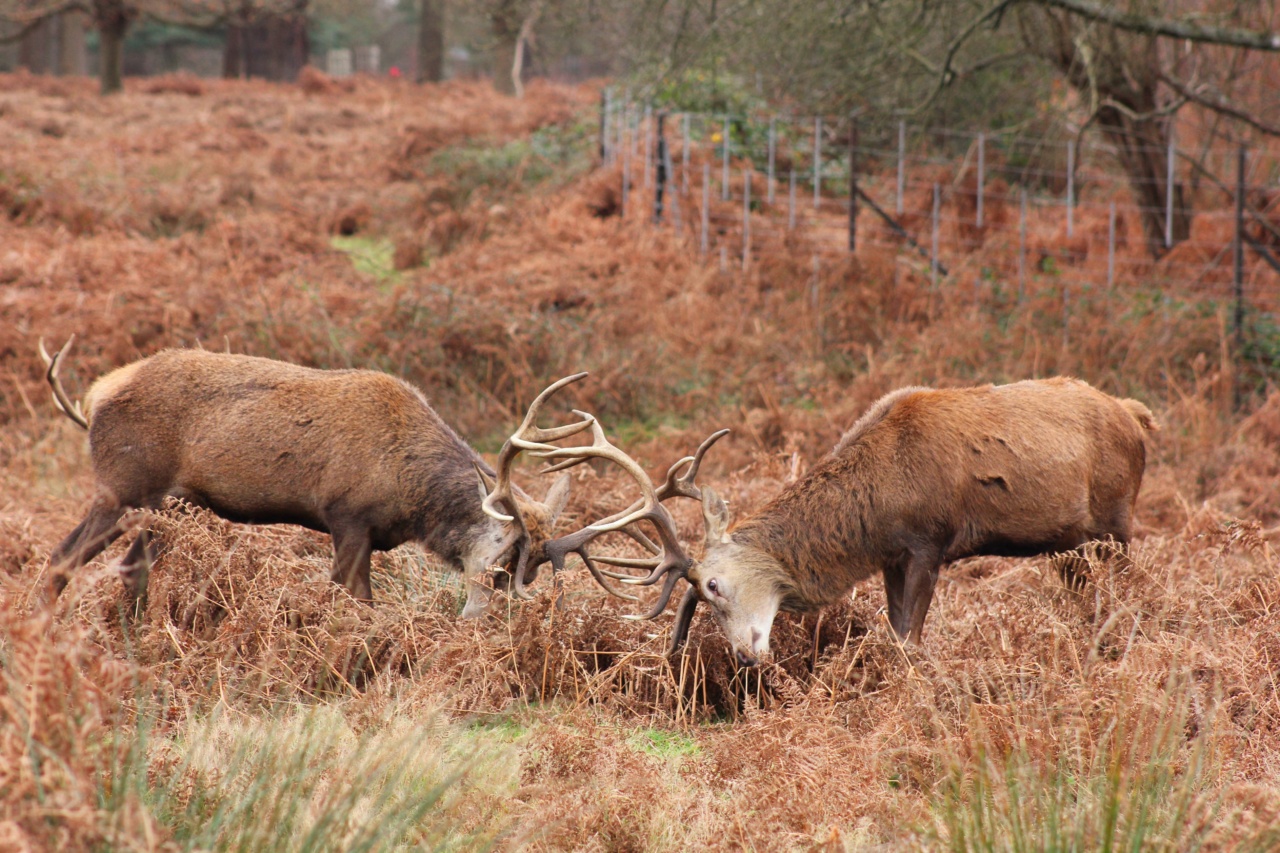A deer ruler, majestic and regal, stands tall and proud in the heart of the forest, commanding respect and admiration from all creatures.
Behind its graceful exterior lies a strong and dominant skeleton, providing the framework for its remarkable beauty and impressive stature.
The Anatomy of a Deer’s Skeleton
The skeleton of a deer is a complex and intricate system, designed to support its body and facilitate its movements. Let us explore the various components that make up this remarkable structure.
The Skull and Antlers
The skull of a deer is a prominent feature, housing the brain and protecting it from potential harm. Attached to the skull are the magnificent antlers, which are exclusive to male deer.
These antlers serve multiple purposes, including attracting mates during the mating season and defending territory from rivals.
The Spine and Ribs
The spine of a deer is composed of a series of vertebrae, allowing the animal to be flexible and agile in its movements. Connected to the spine are the ribs, which protect the vital organs and provide structure to the thoracic cavity.
The Limbs and Joints
Deer possess long and slender limbs, perfectly adapted for their life in the wild. These limbs are supported by an intricate network of bones, including the humerus, radius, ulna, femur, tibia, and fibula.
The joints, such as the hip, knee, and ankle joints, provide flexibility and allow for swift and graceful movements.
The Pelvis and Tailbone
The pelvis of a deer is a robust and sturdy structure, serving as the connection point for the hind limbs and providing support for the entire body. It also houses the reproductive and urinary organs.
Attached to the pelvis is the tailbone, which aids in balancing and communication.
The Importance of a Strong Skeleton
The dominant skeleton of a deer ruler plays a vital role in its survival and success in the wild. A strong skeleton enables the deer to withstand the physical demands of running, leaping, and navigating through dense vegetation.
It also serves as a foundation for the impressive antlers, allowing for powerful movements during territorial battles.
Adaptations for Survival
Over time, the skeleton of deer has evolved to suit their unique ecological niche. The long limbs and lightweight structure aid in swift movements, enabling them to escape from predators quickly.
The antlers have developed as a display of dominance, helping with territorial disputes and attracting potential mates.
The Growth and Shedding of Antlers
One of the most intriguing aspects of a deer’s skeleton is the growth and shedding of its antlers. Each year, antlers start regenerating from the base and grow rapidly under the influence of testosterone.
Once fully grown, they are used in displays of strength and dominance. After the mating season, the antlers shed, only to be regrown again in the following year.
Societal and Symbolic Significance
Throughout history, deer have held significant cultural and symbolic value in many societies. Their regal appearance, embodied by their dominant skeleton, has been associated with power, grace, and nobility.
Deer have been featured in art, folklore, and mythology, representing various qualities such as loyalty, gentleness, and even divine spirit.
The Continuous Cycle of Life
As the dominant skeleton of the deer ruler carries them through life, it eventually becomes a part of the natural cycle.
When a deer passes away, its skeleton takes on a new chapter – providing sustenance and nourishment to various organisms in the forest. The strength and resilience of the deer ruler’s skeleton continue to play a role, even after their reign.
In Awe of the Deer Ruler’s Dominant Skeleton
The dominant skeleton of the deer ruler is a marvel of nature, perfectly designed to support the majestic and awe-inspiring presence of these creatures.
From the regal antlers to the sturdy spine and robust limbs, every component serves a purpose in the deer’s quest for survival, dominance, and perpetuation of their species.





























